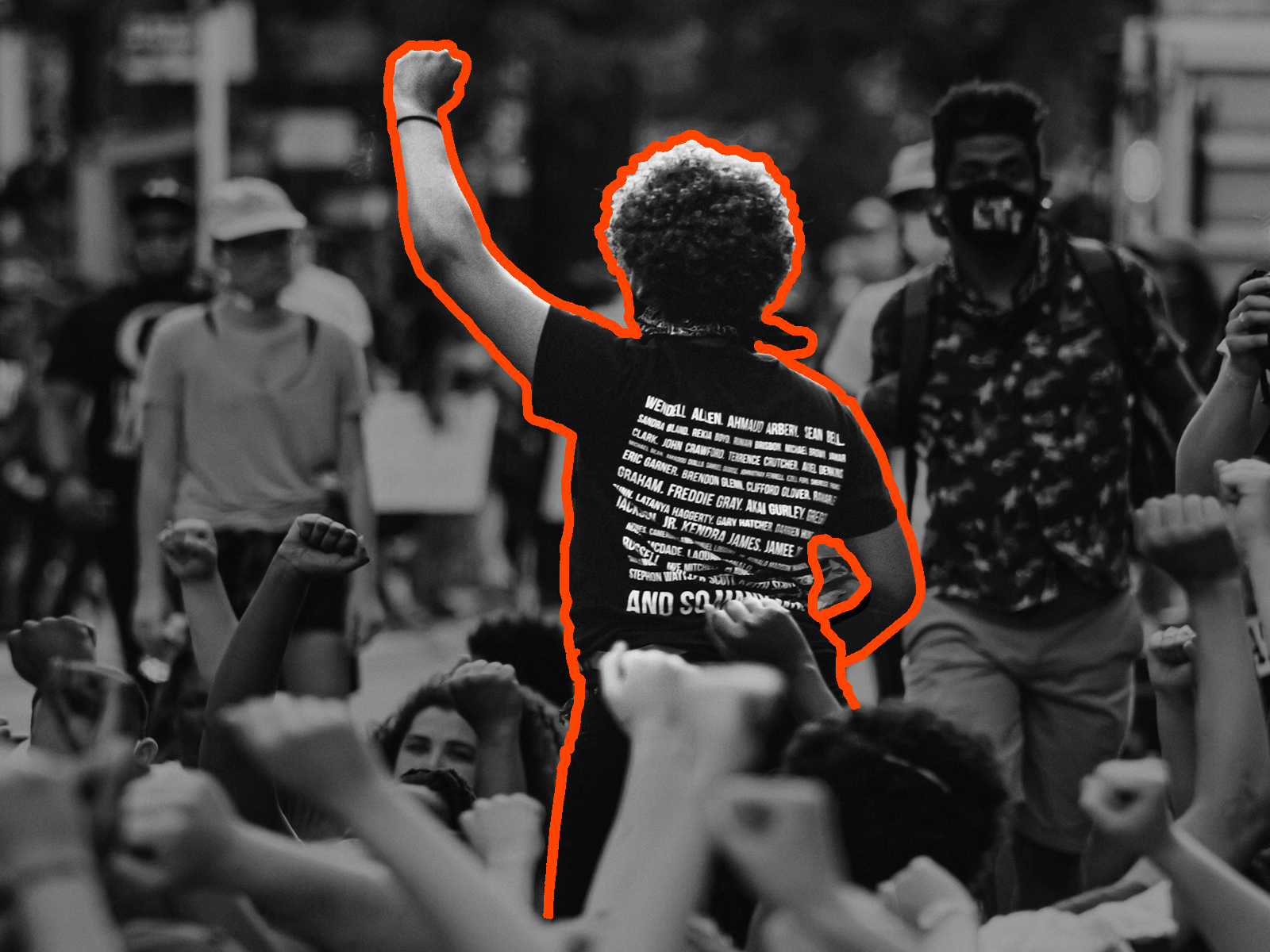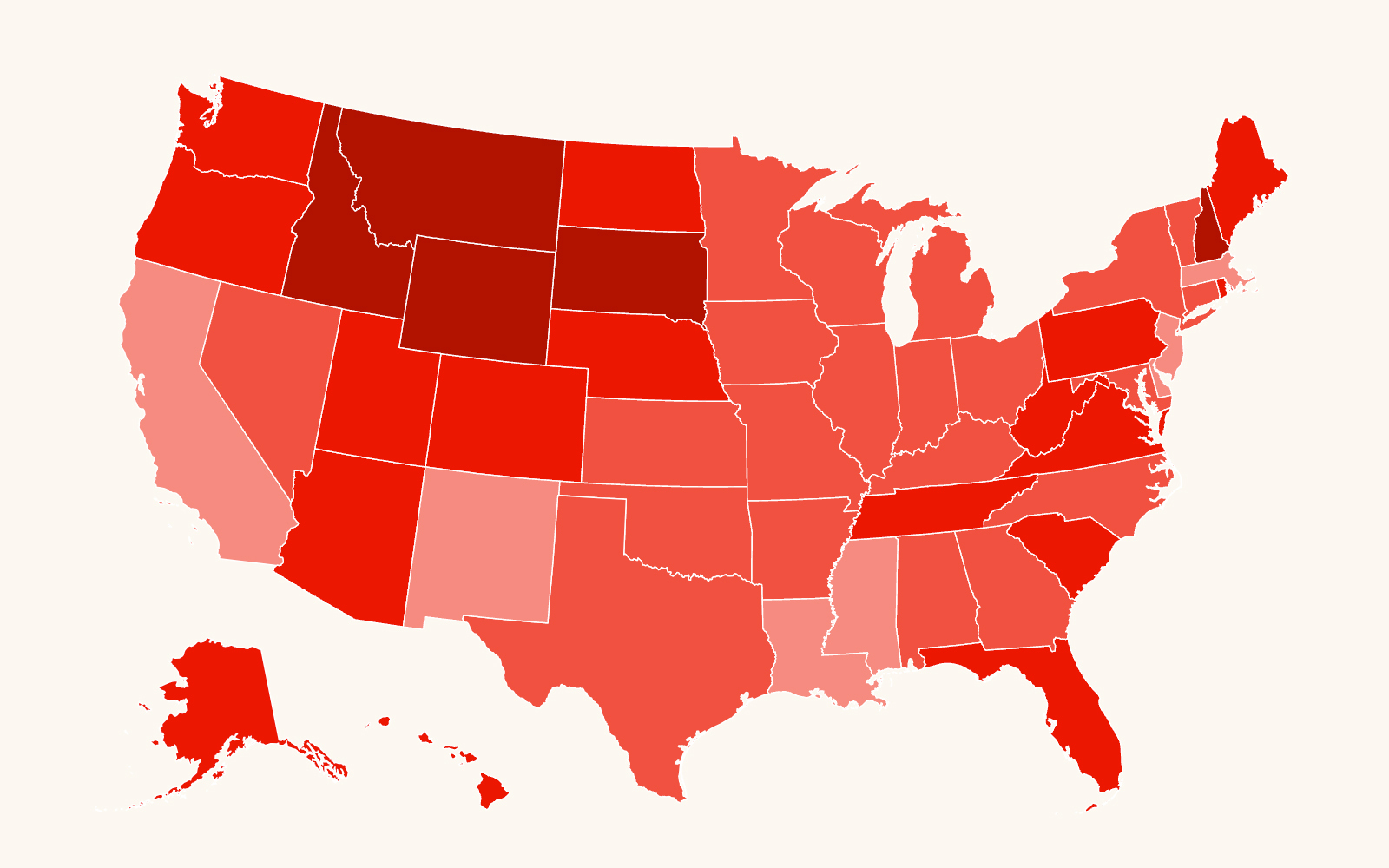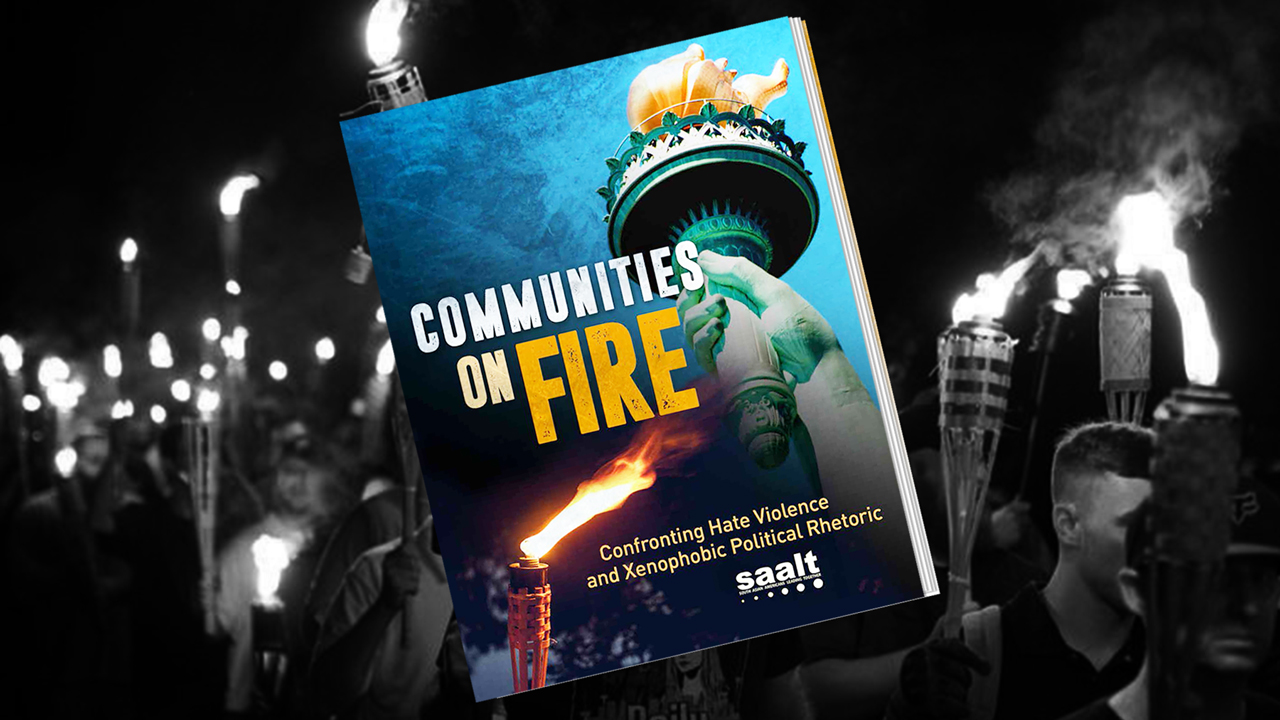A January 2018 report released by the South Asian Americans Leading Together (SAALT), a non-profit organization based in the Washington (District of Columbia) metropolitan area, links the 2016 Presidential election to a wave of hate crimes and violence against South Asian, Muslim, Sikh, Hindu, Middle Eastern and Arab Americans in the United States.
SAALT claims the number of hate crimes against these faith-based and ethnic communities during 2016 and 2017 rivals that seen in the immediate aftermath of the September 11th terrorist attacks. The ensuing 12 months post-9/11 was the high mark for anti-Muslim, anti-Sikh and anti-Hindu hate crimes within the U.S.
Since 2010, SAALT has been tracking hate crimes against its constituents, in addition to other concerns, such as racial profiling and government surveillance activities. In 2015, SAALT established its hate violence incident database in anticipation of a severe backlash following the terrorist attacks in Paris, France and San Bernardino, California. They also established a confidential reporting process to account for violent incidents and acts of discrimination experienced or witnessed.
Throughout any given year, SAALT keeps track of hate crimes and enters them into their internal incident database. SAALT also monitors xenophobic political rhetoric as well as reported incidents of racial profiling in an attempt to analyze possible hate violence trends.
Among SAALT’s findings, the first year of President Donald Trump’s administration has furthered an already disturbing increase in hate violence. This 2017 report entitled “Power, Pain, Potential,” documented 207 incidents of hate violence and xenophobic political statements during the 2016 Presidential election cycle (defined as November 1, 2015 to Election Day on November 8, 2016) targeting both the Asian and Arab American communities.
SAALT’s new 2018 report covers the first year after the 2016 Presidential election (e.g. November 9, 2016 to November 7, 2017). It has documented 302 hate-related incidents, which includes 213 violent incidents and 89 instances of xenophobic political rhetoric — an overall 45 percent increase over the previous year. It attributes the xenophobic political rhetoric to four primary sources — “white supremacist groups at 41%, followed by President Trump or Trump administration officials at 33%, other elected or public officials at 22%, and mainstream media at 4%.”
Of particular concern, one in five perpetrators of hate violence against Asian-Americans and Arab-Americans in 2017 referenced “President Trump,” a Trump Administration policy, or a Trump campaign slogan. SAALT believes this clearly shows a strong correlation between President Trump’s anti-Muslim agenda and hate violence post-election. The Southern Poverty Law Center’s 2017 report entitled “The Year in Hate and Extremism” bolsters SAALT’s claim by noting that the greatest growth in organized hate groups between 2015 and 2016 was concentrated among anti-Muslim hate groups.
Further, the Federal Bureau of Investigation’s (FBI) latest hate crime statistics (released in November 2017) reported an overall five percent increase in hate crimes between 2015 and 2016. While this percentage increase may seem small, SAALT notes that it amounts to the highest year for hate crimes since 2002 (the year following the 9/11 terrorist attacks). The FBI’s 2016 hate crime report documented 6,063 hate crimes involving 7,509 victims — nearly 60 percent of victims were reportedly targeted based on their race/ethnicity/ancestry and 21 percent were targeted based upon their perceived religion. Anti-Muslim hate crimes rose by 19 percent since 2015. This increase came on top of a 67 percent increase in anti-Muslim incidents reported to the FBI in 2014. During 2016, anti-Muslim hate crimes increased by 38 percent, anti-Sikh hate crimes by 17 percent and anti-Hindu hate crimes rose 100 percent over 2015.
Notably, 2015 was the first year in which these three new religious group categories were added to FBI hate crime reporting. According to SAALT, the FBI’s hate crime data related to violence against Muslims, Sikhs, and Hindus is underreported when compared to its community’s reported and publicly-sourced data (SAALT’s number of incidents is far greater than the FBI’s statistics). Some of the more prominent hate violence against Muslims, Sikhs and Hindus during 2017 included the following incidents:
- On March 13, 2017, an unknown person lit an object on fire and threw it through the glass window of a Bhutanese-owned grocery store in Charlotte, North Carolina. A note at the scene included a warning to refugees and immigrants that read “go back to where you came from.”
- On May 25, 2017, Jeremy Joseph Christian, a self-proclaimed white supremacist, threatened two women with anti-Muslim epithets on a commuter train in Portland, Oregon. When three men attempted to intervene, Christian fatally stabbed two men and injured the third.
- On August 5, 2017, an improvised explosive device was thrown through a window to the Imam’s office at a mosque in Bloomington, Minnesota, just before morning prayers. The device detonated causing moderate damage, but no injuries.
- Several assaults and murders of Muslims, Sikhs and Hindus during 2017 were also referenced.
The SAALT report also provides geographical analysis, focusing on a regional approach to the distribution of hate violence. While hate crimes against Muslims, Sikhs, and Hindus were generally spread across the country, there appear to be clusters of violence around higher ethnic and religious populations. California had the highest concentration of hate violence against these faith-based communities. Other high-ranking hate violence states included New York, Illinois, Ohio, Texas and Washington. SAALT is particularly concerned about the rise in hate crimes in progressive states such as California and New York. They attribute the rise to the “normalization” of hate across the U.S. since the 2016 presidential election.
According to SAALT, a particularly troubling aspect of their demographic and political convergence data is that, “many states … have seen significant growth of white supremacist organizations [and] are also home to significant South Asian American populations—notably California, Texas, and Florida.”
In contrast, there appeared less hate violence against Muslim, Sikh, and Hindu communities in the Southeastern portion of the country. SAALT, however, believes this decreased activity in the Southeast may be linked to a lack of reporting and less documentation.
SAALT concludes its 2017 report with proposing several solutions to better combat the dramatic increase in hate violence against the communities they serve. Their recommendations for government officials include:
- “Elected officials and candidates must remain vigilant against policies that sanction racial profiling and surveillance, like the ‘Muslim travel ban.’”
- “Congress must pass affirmative anti-racial profiling legislation. This includes passing legislation such as the End Racial and Religious Profiling Act and supporting Sanctuary City policies with increased funding so that our communities feel protected instead of targeted by our government and law enforcement.”
- “Congress must pass the NO HATE Act, the only comprehensive legislation proposed to establish incentives for state and local law enforcement to submit credible and complete hate crime reports, create grants for state-run hate crime hotlines, create a federal private right of action for victims of hate crimes.”
- “The Department of Justice must remain vigilant in addressing hate crimes by acknowledging the growing problem of white supremacy.”
- “The Department of Justice must mandate the collection of hate crimes data by local law enforcement. Federal funding should be withheld from non-compliant local police departments. Federal agencies must also contribute to the FBI’s hate crimes database.”
Hate crimes and xenophobic rhetoric aimed primarily at the Muslim community also impacts the Sikh and Hindu communities because of mistaken identity. The 2016 Presidential election cycle laid the foundation for the hate targeting of these faith-based communities. The Trump administration, with its continued inflammatory rhetoric, has now taken hate to new levels not seen since the 9/11 terrorist attacks. During 2017, hate violence against Muslims, Sikhs, and Hindus occurred at an alarming rate and included acts of physical violence, property destruction, threats, and verbal assaults. Unfortunately, the types of policies and statements being issued by the Trump Administration (which essentially codify bias, discrimination and hate) will likely lead to more hate violence against these ethnic and religious communities.



